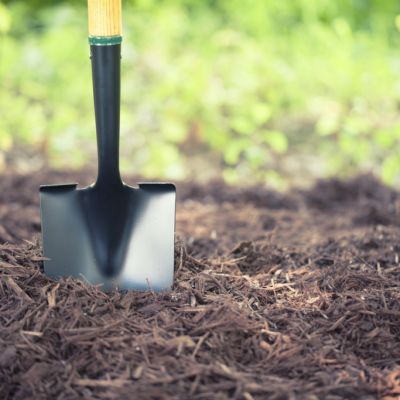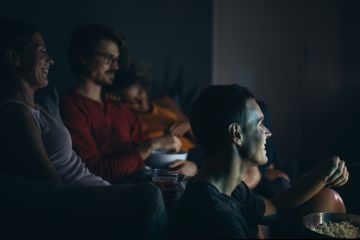Why Millennials are obsessed with their houseplants
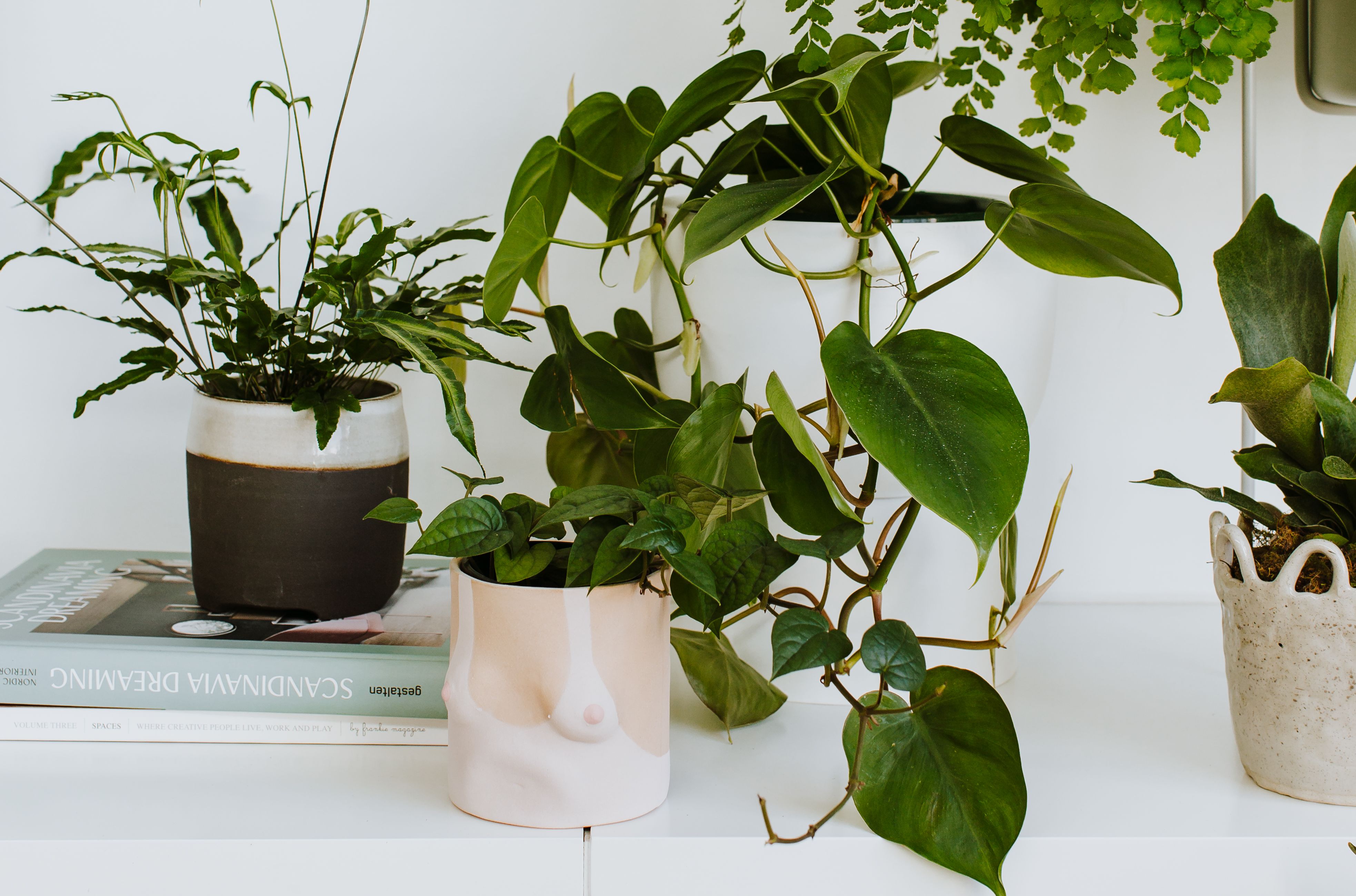
Houseplants, in all their creeping, retro glory, are officially back in fashion. No longer the sole domain of green thumbs, and quirky artisans, Millennials are reportedly leading the charge to bring the garden back and make it sexy.
It’s been two years since theWashington Post triumphantly declared that Millennials were filling their homes – “and the void in their hearts” – with houseplants. Since that time, numerous articles have, erh, sprung up, declaring much the same thing.
In March last year, The New York Times published a lengthy report on the houseplant habits of Millennials at home and at work, describing one woman’s 700 plants as an “indoor forest”.
Then, in July, the LA Times attempted an explainer led with, “They don’t have homes. They don’t have kids. Why Millennials are plant addicts.” Which is a blunt, if narrow assessment of the reason that 31 per cent of houseplants in 2016 were bought by Millennials, and of the six million Americans taking up gardening, five million were aged 18 to 34.
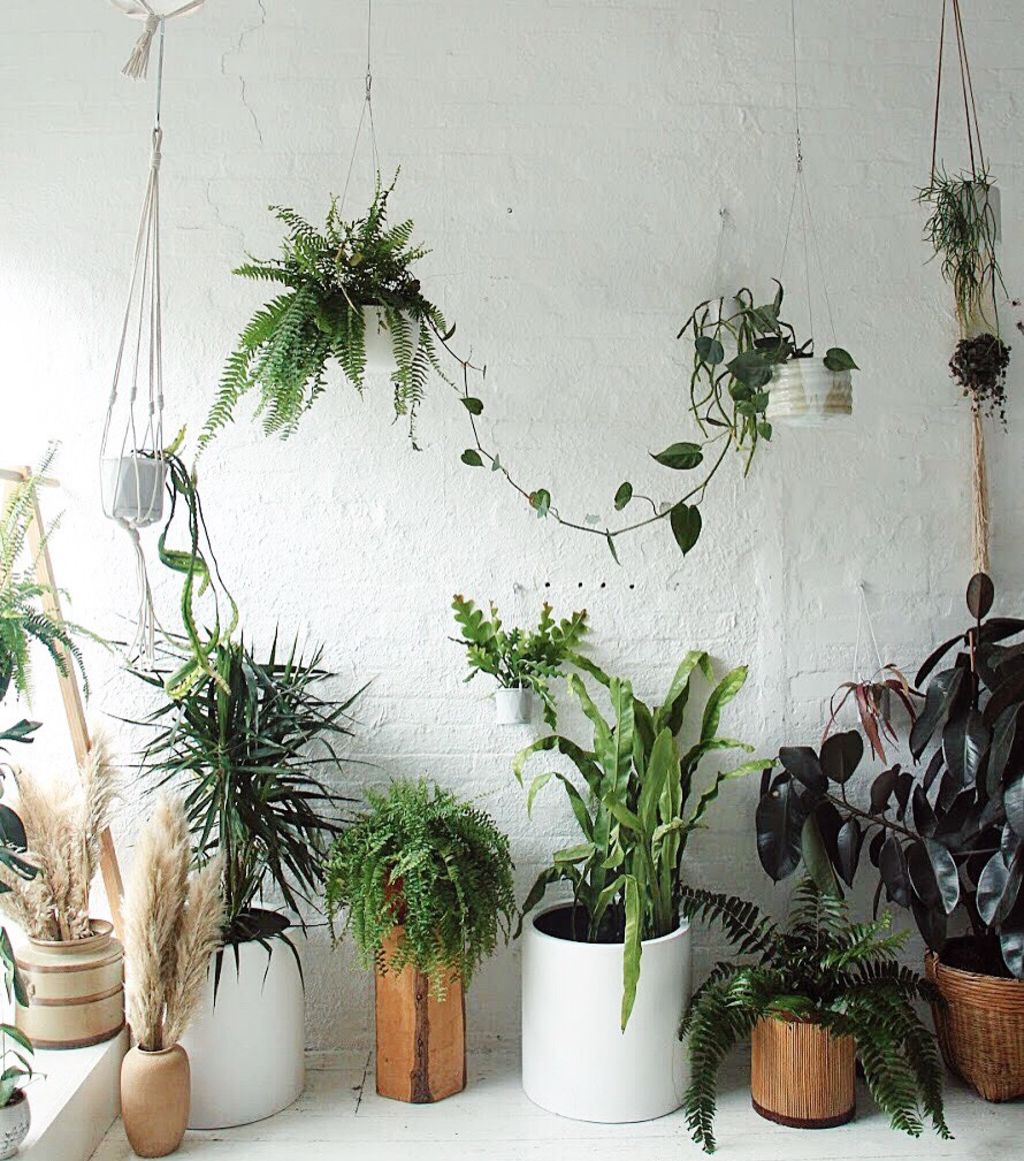
And it’s not just Americans.
In Australia, horticulturalist Angie Thomas, a self-described indoor plant enthusiast, published a book in November called The Top 50 Indoor Plants for Australia and New Zealand, (and how not to kill them), and believes they are a huge trend here too.
The benefits, according to Thomas, are huge. Not only do they brighten your home and your mood, but indoor plants also purify the air, lower stress levels and offset pollutants.
So how did the generation stereotyped as lazy and entitled become one with nature?
Well, the LA Times wasn’t too far off the mark. The majority of Millennials know they’ve been priced out of the housing market, settling for renting in apartments instead of the lush lawns and expansive backyards enjoyed by their Boomer parents.
Plants are also cheaper than most other hobbies, (and pets).
It’s also true that Millennials wait longer to get married than generations before them, and longer to have children.
But for a group of people often dismissed as wanting maximum reward for minimum output, (see the numerous rants on every young person wanting a trophy) it would seem to be something of a contradiction that plants, which take time and effort in order to thrive, would become so beloved by them.
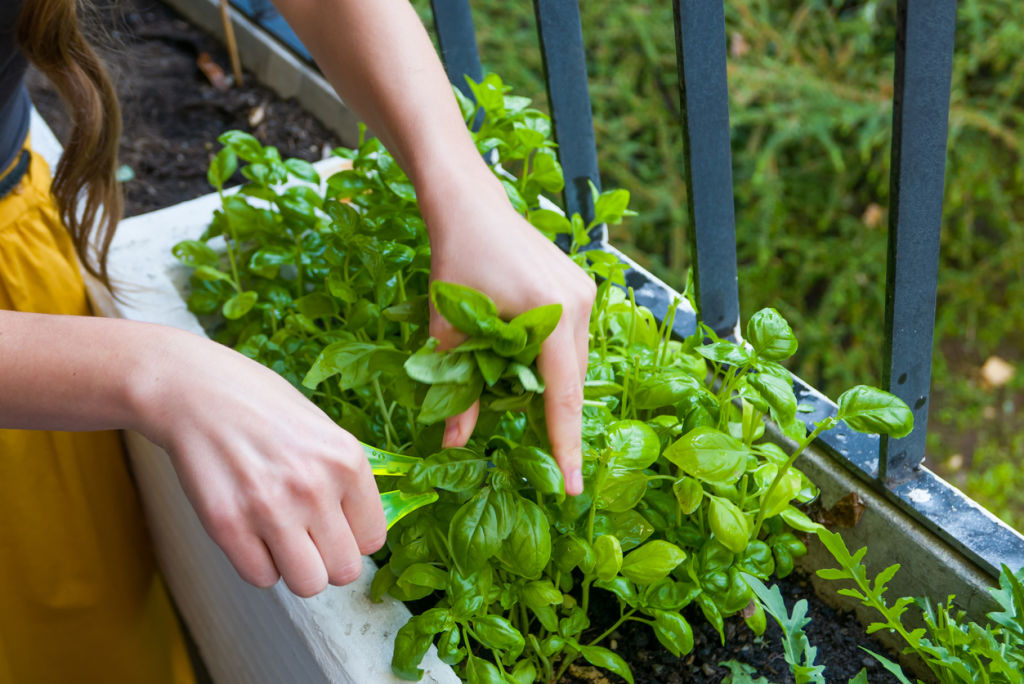
Perhaps, as Jia Tolentino observed in her New Yorker article, “The Leafy Love Affair Between Millennials and Their Houseplants” , it’s a response to anxieties about climate change and capitalism.
After all, Millennials are the most progressive and socially conscious of any generation. It might also have something to do with how wellness is marketed to under-40s — as a way to do right by yourself, and the planet, like paraben-free beauty creams, charging your crystals and CBD oil.
But for Millennials, these plants are also functioning as pets and, in some cases, replacement kids.
As Tolentino writes, “Suddenly, I noticed ferns and succulents everywhere, as if they were babies in strollers and I was trying to conceive.”
And she’s not alone in this. Innumerable Millennials refer to themselves as “plant parents”, telling journalists they are forgoing social activities in order to stay at home and tend to their plant children.
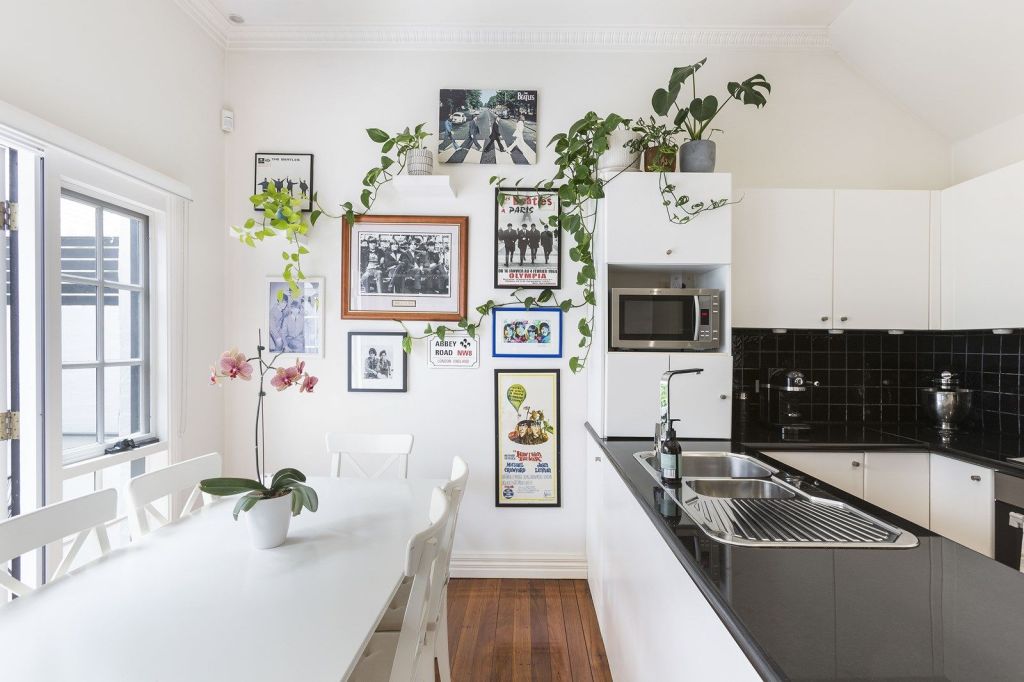
Model and activist Summer Rayne Oakes, a Brooklynite with a degree in environmental science, told the New Yorker in April that it was easy to see why Millennials such as herself were playing house and garden.
“It’s this wonderful hobby that we have somewhat of control over, especially because we don’t have backyards or places to call our own.”
Oakes has emerged as a “Plantfluencer” with her own YouTube channel and Instagram account, which boasts over 92,000 followers and features not just plant tips but information on broader environmental topics, and the odd photo of a chicken, too.
And this where the more cynical Millennial might see another advantage within this plant craze – how great they look on social media.
Indeed, no Millennial’s Instagram home worth its salt would be photographed without a creeping vine, or deeply groovy 1970s grape ivy spilling out of a hanging copper pot.
Plants are a fresh way to inject colour and originality into a pic of a room that might only contain shades of brown and beige. Flowers, though popular, have become too “basic” and twee, but a shot of untamed greenery lets your followers know you’re a little more complex; a little more authentic than the average peony-plucking Influencer.
Plants are a sophisticated way for Millennials to show the world that while they’ve been left out of the housing market and left behind in the economy, they are just as capable of nurturing and seeing things through to their completion as their elders.
In a way, it’s not that different to every young generation before them: a plea, or a demonstration, to not be underestimated.
We recommend
We thought you might like
States
Capital Cities
Capital Cities - Rentals
Popular Areas
Allhomes
More
